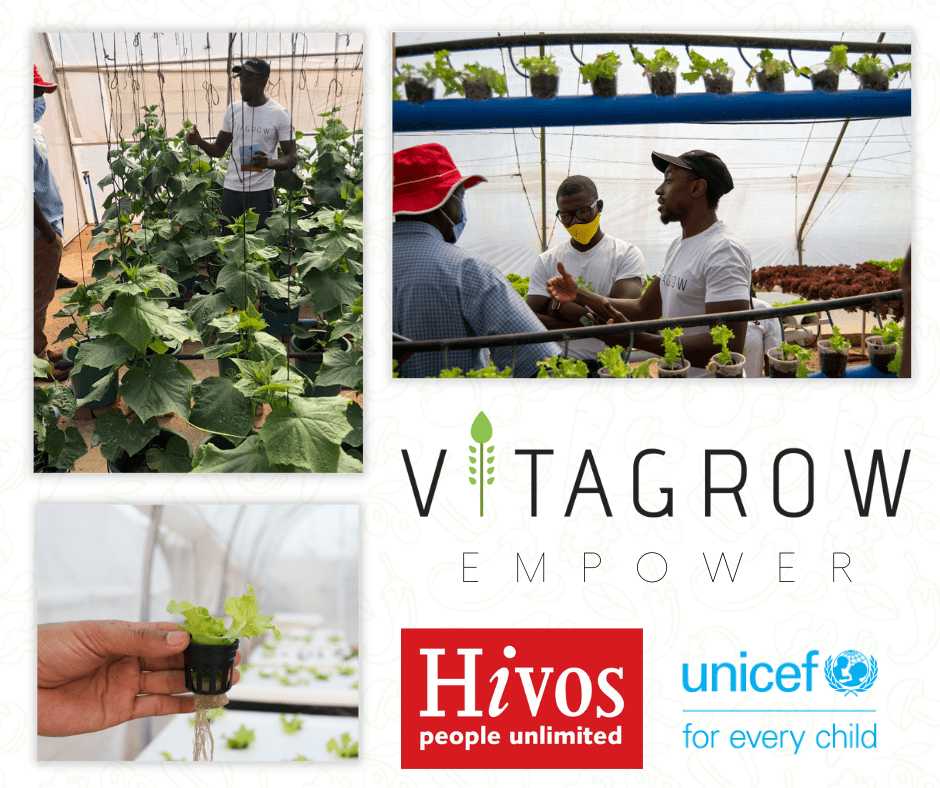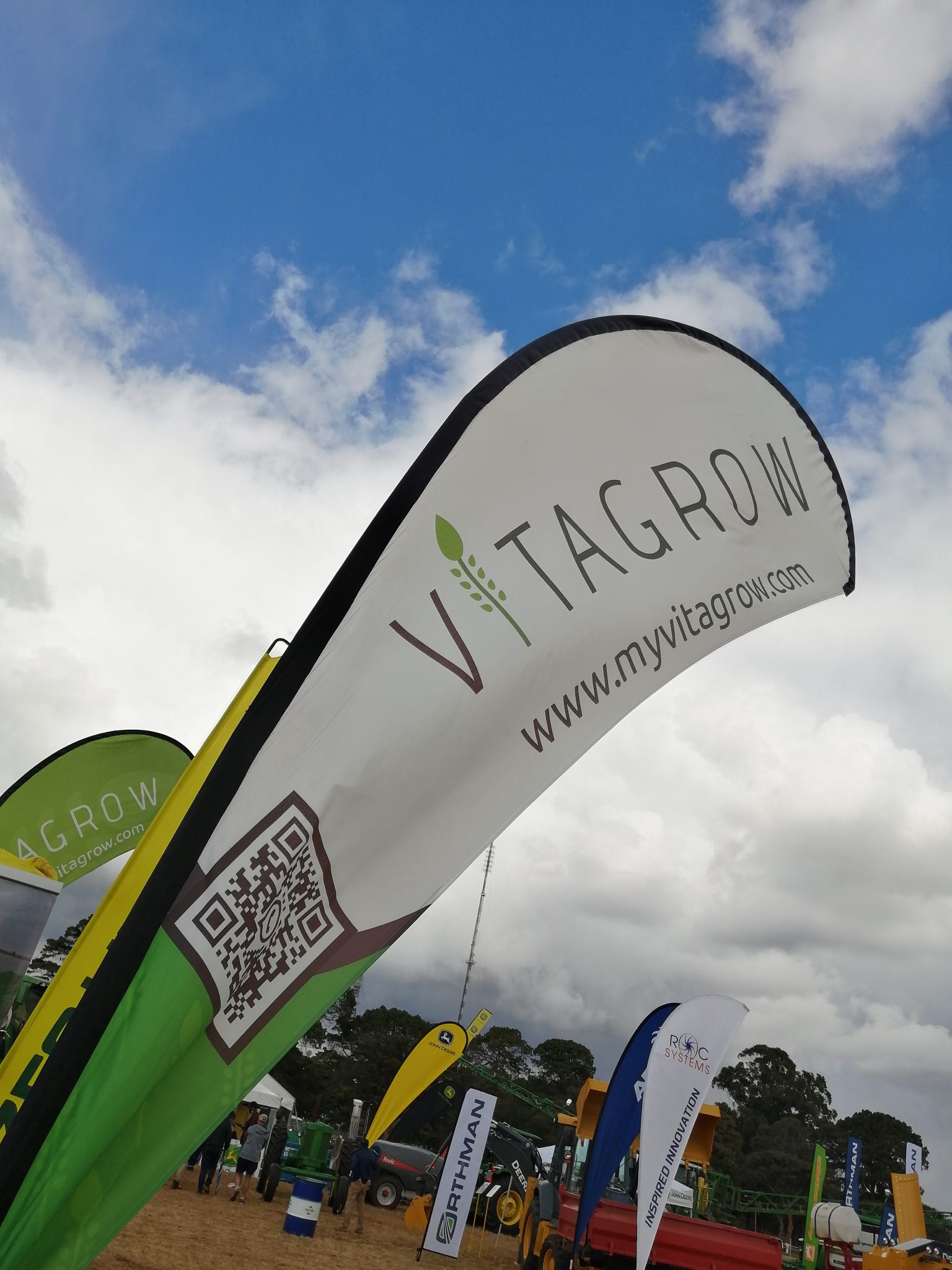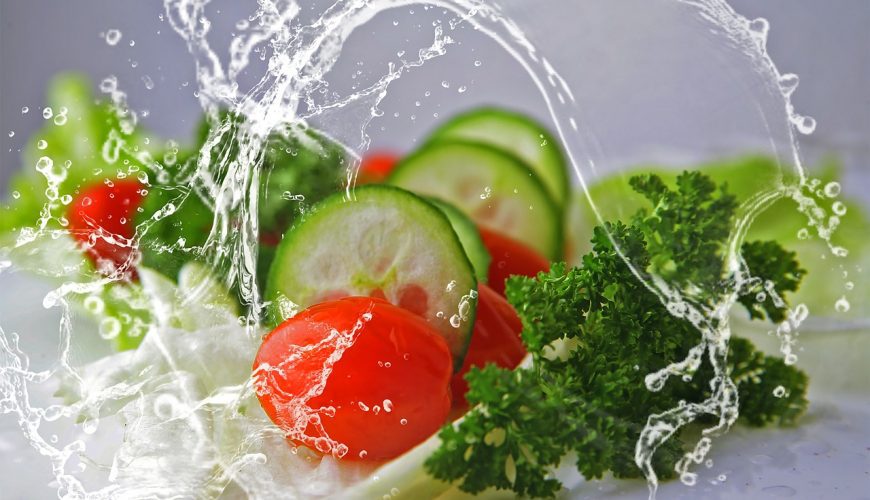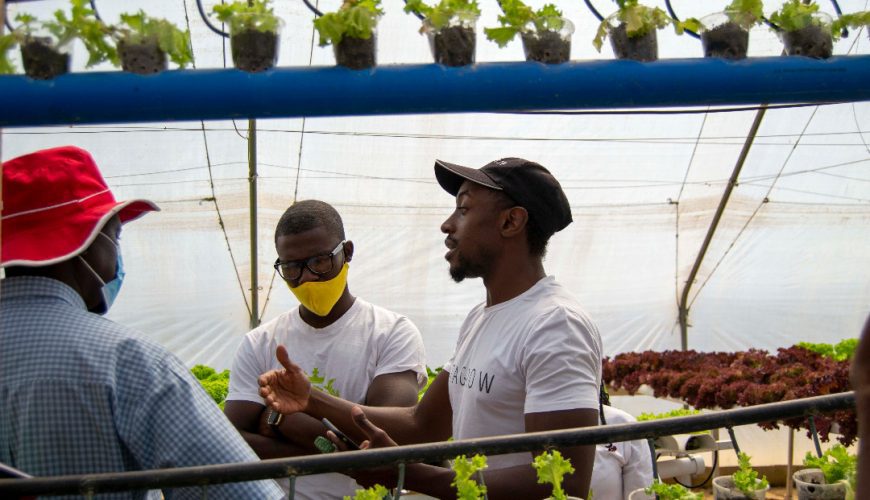If we had a dollar for every time we were asked that question, we would have built a hydro-farm in every backyard on the continent by now.
It’s a frequently asked question simply because it is a really good question!


We live in an age of fast fads and never-ending niches where everything is touted as the “best new thing.” With our aim of providing the world with access to fresh, affordable and flavourful produce, however, we at Vitagrow are forced to take an objective look at what it takes to get there.
And even with hydroponics being our bread and butter, we always ask ourselves; Is there something better?
Well, let’s explore it together by first asking ourselves; what makes a good cultivation system.
What makes a good cultivation system?
POSIWID was a term coined by the British theorist and professor of business Stafford Beer. This powerful acronym simply states;
“The Purpose of a System is What it Does”
This simple phrase does away with all of the fluff that comes with fast fads and never-ending niches and forces us to look at a system objectively.
We believe that any good cultivation system should have high levels of the following:
- High Yield
- High Yield quality
- Sustainability
- Adaptability
We will be using available research on both soil and hydroponic cultivation of leaf lettuce in these four areas while trying to take into consideration as many variables as possible. Some of these points can supplement or contradict each other, so we will be keeping that in mind too. Where we refer to hydroponics, we’ll mainly be referring to the nutrient film technique, unless otherwise stated.


Yield
The yield of a cultivation system is simply the amount of marketable product that it can produce on a given space, in a given time.
In the open field, the recommended spacing for leaf lettuce is 22 heads per square meter. This is primarily to account for the root system that the plant requires. In hydroponics, especially because nutrients are delivered directly to the roots, the root system takes up less room, meaning more plants can fit into the same space… more than double the plants actually, with hydroponic systems being able to fit 50 heads of lettuce in a square meter. Hydroponic systems can also be stacked up, which can double, triple or even quadruple their yield in the same area.
Winner: Hydroponics
Yield quality
Having tonnes of lettuce is good only if they taste good too. While most varieties of lettuce aren’t known to have a distinct flavour, poor growing conditions can lead to bolting, which makes the lettuce leaves bitter and inedible.
In hydroponics, the ability to control growth conditions easier helps prevent bolting more consistently.
We can also think of quality in terms of the safety of the crop. Many crops grown in untested soils end up containing heavy metals and other harmful residual chemicals. Something that hydroponically grown crops do not suffer from
But before we hand another point over to hydroponics there is a catch.
A lot of a plant’s flavour comes, in a weird and a little sadistic way, from the stress it endures in the growth process. The chemicals it produces in the process of trying to stay alive give us the flavours we adore. Therefore, lettuce grown in a happy, stress-free environment will have accumulated a lot less of these “stress chemicals” and thus won’t have as strong a flavour. Hydroponically grown lettuce grows to high yields because it has these stress-free conditions and thus will contain a different flavour profile and texture to field grown lettuce. While flavour and texture is subjective, we have to admit that it is a major point in favor of soil grown crops.
Winner: Tie


Sustainability
“Do it again!” your friends would shout after you do a cool trick on your bike. That question was many of our first lessons on the importance of sustainability. You’d gain no respect if you fell on your face the second time.
To produce a crop consistently well cycle after cycle is a crucial part of the cultivation of crops. Sustainability speaks to whether the inputs can bring forth outputs, and whether those outputs justify the inputs.
Hydroponics main criticism is its initial up cost relative to field cultivation. Pumps, pipes and metal frames don’t fall from the sky; however, water does and soil doesn’t need to. Initial costs are however different to operational costs and on average, hydroponics is less expensive to keep running for the output. Once the system is set, most of the hard work is over, meaning that not only inputs needed to produce an output are lower, but the inputs needed between each output cycle are also lower. No tilling, weeding or crop rotation is needed, and many of the grow processes can be automated.
Additionally, sustainability looks at the impact one growth cycle will have on the next. Extensive tilling, harvesting and fertiliser application harms the soil and the larger environment. Monocropping also causes the accumulation of diseases which will wait to pounce on your next crop. Hydroponic systems do away with the need for these and other harmful practices Thus, every new crop cycle will have to pay for the sins of its predecessor with its output.
In the spirit of remaining objective however, we must consider that the materials that make hydroponics work are mostly synthetic and non recyclable. A heavy reliance on plastics and synthetic fertilisers is not giving hydroponics any sustainability points. We hope to see this being addressed, however hydroponics still takes the win here.
Winner: Hydroponics


Adaptability
Adaptability is the measure of how many different scenarios a system can be applied. In the case of a cultivation system, it’s how many different scenarios a crop can be grown and grown well.
Soil cultivation requires, well, soil. Fertile soil to be more specific, of which in 2010 only 10.6% of the world’s land is. With the added threat of global warming, this figure continues to shrink. Hydroponics is thus a lot more adaptable since, with the right set up it can be implemented anywhere on earth, and even in space!
There is one caveat though; hydroponic systems are limited in the crops they can grow (for now). Starch crops, bulbs and some vine crops are difficult to grow hydroponically, which means the adaptability of hydroponic systems becomes very subjective. Fertile soil or grow media on the other hand can be transported in some situations, allowing for a greater portfolio of crops to be grown.
Therefore, objectively speaking
Winner: Tie


Takeaways
Is hydroponics better than soil? This is a question that stirs a lot of strife between soil cultivators and hydroponic growers alike because both believe they are threats to each other’s existence. We don’t believe that this should be the case. We envision a world where multiple cultivation systems are working together to provide access to flavourful, affordable and nutritious food to the world. We see hydroponics as the future because we believe urban farming is the future and will lighten the load on soil cultivation systems, allowing them produce more and help feed the world better.







